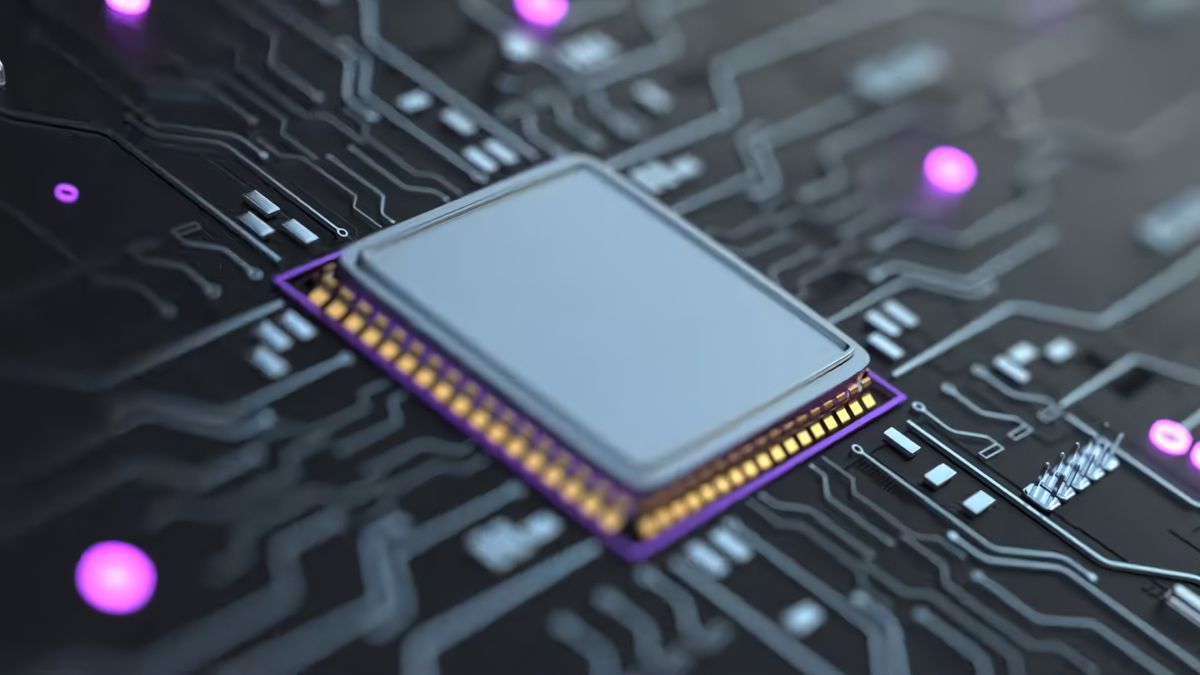I once speculated to a friend about 15 years ago that eventually solid state storage space would be so fast that it could serve as active memory. I can’t wait to tell him.
I would appreciate confirmation that chip manufacturers understand humans do not typically require this
I rarely hibernate my laptop for more than 10 years
Yeah, only once in a decade or so.
When I die and my laptop gets put into a box and shoved in a dusty corner forgotten for generations I want my descendant to be able to open it in the year 3000 and see all the tabs I had open when I died.
“wow, that’s a lot of tabs” - aliens at the under water blue fairy
ugh, now I’m marginally irritated after remembering that movie
Honestly the time you can put your laptop to sleep is the least interesting part, but it’s hard the explain the other benefits to regular users
I kind of assumed there must be some other motive at play here, sounds like it was something a tech writer was just fumbling.
Such retention times are often probabilistic (ie. some percentage of bits have retained their proper value) and an “up to” value, which is negatively influenced by such things as the storage temperature and background radiation.
In practice, it might be that the only useful retention time is only a small digit number of years.
Speak for yourself, fellow human. When I go into deep sleep mode, sometimes I forget to set auto wake routine and wake up years later.
But it could also have huge ramifications
Autonomous Ultra Instinct Ram
AutoNomous Ultra inStinct ram
It would have to be always active, checking for radiation induced flips, not just powered off.
It should be fine for normal use cases when used with error correcting codes without any active scrubbing.
According error rates for ECC RAM (which should be at least by an order of magnitude comparable) of 1 bit error per gigabyte of RAM per 1.8 hours1, we would assume ~5000 errors in a year. The average likelyhood of hitting an already affected byte is approx. (5000/2)/1e9=2e-6. So that probability * 5000 errors is about a 1.2 percent chance that two errors occur in one byte after a year. It grows exponentially once you start going a past a year. But in total, I would say that standard error correcting codes should be sufficient to catch all errors, even if in hibernation for a whole year.
I took this article specifically to mean, and that it was referring to, a new form of non-volatile solid state storage. Active memory is by definition, volatile. This article seems to be talking about non volatile RAM, fast enough to function as active RAM. This alone would redefine what a reboot is.
Now improve cooling architecture and remove the moving parts.
You mean passive cooling? I thought that had been invented some time ago.
Passive cooling that can keep a GTX 4090 and CPU within operational temps at maximum load? I wish.
This is not passive but it doesn’t use moving parts: https://youtu.be/YGxTnGEAx3E
Here is an alternative Piped link(s): https://piped.video/YGxTnGEAx3E
Piped is a privacy-respecting open-source alternative frontend to YouTube.
I’m open-source, check me out at GitHub.
Nice, now to wait 5-10 years for the tech to be implemented by major manufacturers.
Here is an alternative Piped link(s): https://piped.video/YGxTnGEAx3E
Piped is a privacy-respecting open-source alternative frontend to YouTube.
I’m open-source, check me out at GitHub.
I didn’t know there is a flash memory summit. I didn’t know they hand out awards at that summit.
The article fails to mention the scale it can be produced at. How big and how expensive is a gig of this stuff?







